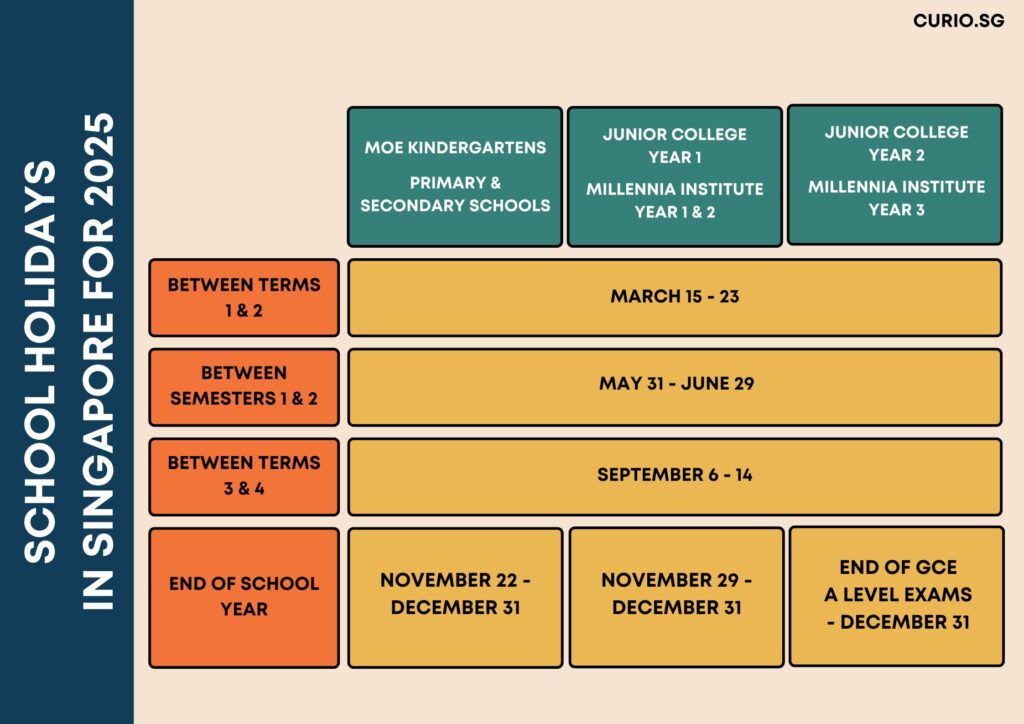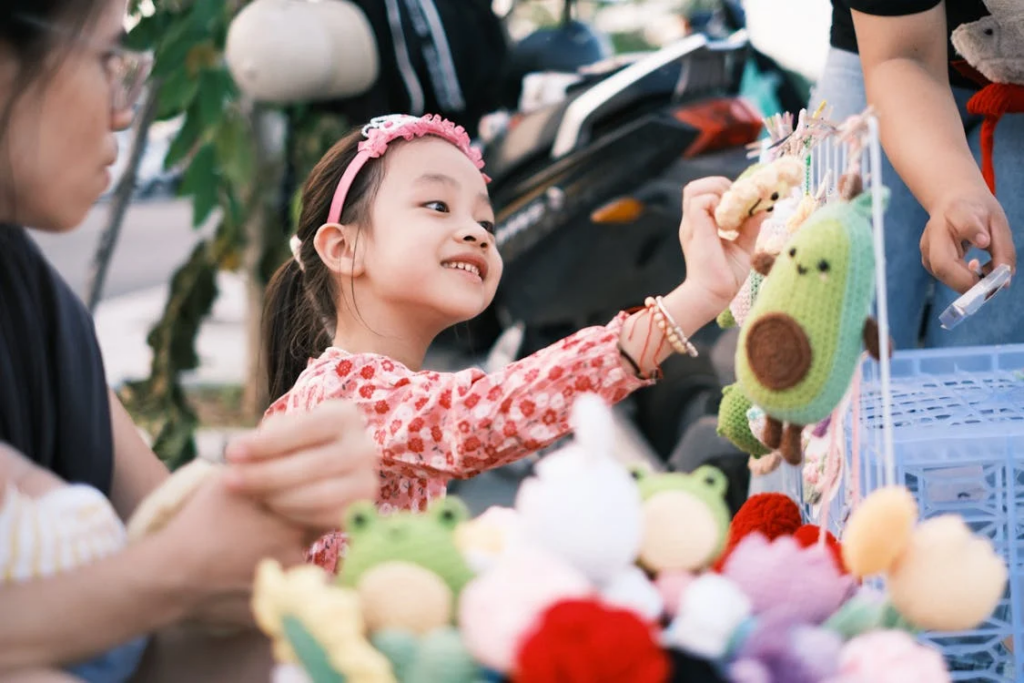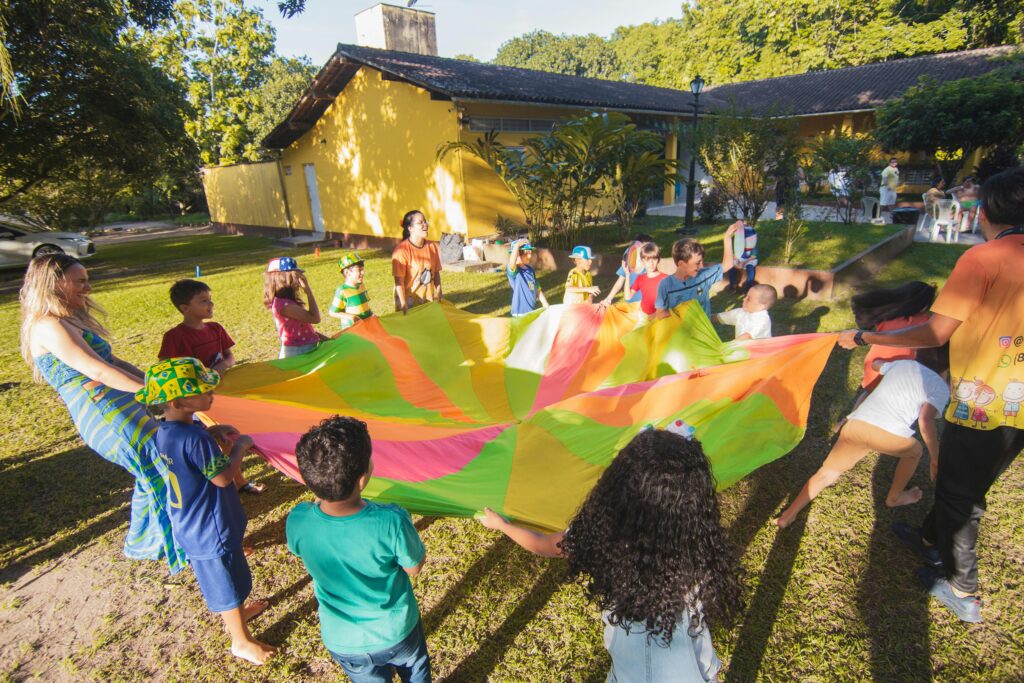"Choosing the best tuition centre for your child is an investment in their future, providing them with the tools and support they need to succeed and reach their full potential."

Frequently Asked Questions (FAQs)
1. Why is tuition so popular in Singapore?
Singapore’s education system is highly competitive, with national exams like the Primary School Leaving Examination (PSLE), O-Levels, and A-Levels determining a child’s academic future. Many parents turn to tuition to give their children an academic edge, reinforce school learning, and boost confidence.
2. What types of tuition options are available in Singapore?
There are several types of tuition services to cater to different learning needs:
- Online Tuition: Conducted over Zoom or other platforms, offering flexibility and convenience, with structured lesson plans aligned with MOE syllabus.
- Private Home Tuition: One-on-one sessions conducted at home, tailored to the student’s pace.
- Tuition Centres: Group-based classes with structured lesson plans, often aligned with MOE syllabi.
- Enrichment Classes: Focused on specific skills such as creative writing, critical thinking, or advanced mathematics.
3. What should I look for in a good tuition centre?
A good tuition centre should have the following characteristics:
- Qualified and experienced teachers: Check if tutors have NIE certificates, MOE teaching experience and strong academic backgrounds.
- Proven track record: Look for testimonials, reviews, or success rates in improving students’ grades.
- Structured curriculum: Lessons should align with the MOE syllabus and provide clear learning objectives.
- Small class sizes: This ensures personalized attention and better interaction between tutor and student.
- Effective teaching methods: Engaging lessons, interactive discussions, and regular assessments are crucial.
- Convenience and accessibility: Location, class timings, and flexibility should fit your schedule.
4. How do I know if my child needs tuition?
While tuition is common, it may not be necessary for every child. Consider tuition if:
- Your child consistently struggles with a subject despite putting in effort.
- There is a lack of confidence or motivation in learning.
- The teacher’s pace at school is too fast for your child to keep up.
- Your child has upcoming major exams and needs extra support.
- You notice gaps in understanding that self-study cannot address.
5. Should I choose group tuition or private tuition?
This depends on your child’s learning style and needs:
- Group Tuition: Suitable for students who benefit from peer learning and structured lessons. It is also more affordable than private tuition.
- Private Tuition: Ideal for students who need personalized attention, flexible lesson planning, and targeted improvements.

6. How much does tuition cost in Singapore?
These are the typical fees charged in Singapore. Tuition fees vary based on the tutor’s qualifications, subject complexity, and lesson format:
- Private Home Tuition:
- Primary: $25–$70/hr
- Secondary: $35–$100/hr
- JC: $60–$150/hr
- Tuition Centres:
- Primary: $100–$300/month
- Secondary: $150–$400/month
- JC: $250–$800/month
- Online Tuition: Lower than face-to-face classes, typically 10–20% cheaper with lessons being just as effective.
7. What are the red flags of a bad tuition centre?
Be cautious of tuition centres that:
- Make unrealistic guarantees like “Guaranteed A* in PSLE.”
- Have unqualified, non MOE tutors with no proven experience.
- Lack structured lesson plans or materials.
- Have overly large class sizes, reducing individual attention.
- Focus too much on rote memorization instead of conceptual understanding.
8. How can I tell if tuition is effective for my child?
Signs of effective tuition include:
- Improved test scores and overall academic performance.
- Increased confidence and motivation in the subject.
- Greater participation in school lessons.
- Better time management and independent study habits.
If tuition does not show any improvement after three to six months, reconsider the tutor or method of learning.
9. What are some of the best tuition centres in Singapore?
Some well-known tuition centres with proven success include:
- The Learning Lab – Known for its premium curriculum and highly qualified teachers.
- Mind Stretcher – Offers structured lessons and enrichment programs.
- Mavis Tutorial Centre – Affordable and accessible.
- Aspire Hub – Focuses on small-group learning.
- Curio.sg – Offers affordable small group specialised classes in English, GP and Literature.
However, the best tuition centre for your child depends on teaching style, budget, and location.
10. How often should my child attend tuition classes?
This depends on the subject and the child’s needs:
- 1x per week – Suitable for students who need slight reinforcement.
- 2x per week – Ideal for struggling students or major exam preparation.
- More than 2x per week – Only recommended if the child is significantly behind.
- Crash Course – Ideal for students who just need a quick boost before a major exam.
Remember that it’s important to balance tuition with self-study and leisure to prevent burnout.

11. What alternatives are there to tuition?
If tuition is not the right fit, consider:
- Self-study using assessment books and online resources (Khan Academy, YouTube tutorials, etc.).
- MOE school consultations – Teachers often provide free remedial classes.
- Study groups with peers – Collaborative learning can be effective.
- Online learning platforms – Coursera, Udemy, and other e-learning platforms offer structured courses.
12. Is online tuition as effective as in-person tuition?
Online tuition can be effective if:
- The child is disciplined and able to focus without physical supervision.
- The tutor uses engaging methods, such as interactive tools and digital whiteboards.
- The platform allows real-time interaction and personalized feedback.
However, younger students or those needing hands-on guidance may find in-person tuition more beneficial.
13. Should I get tuition for multiple subjects?
Prioritize subjects based on your child’s weaknesses and upcoming exams. For example:
- If your child struggles only with Math, focus on Math tuition rather than multiple subjects.
- For PSLE/O-Levels/A-Levels, students often take tuition for core subjects like English, Math, and Science.
14. How do I choose the best tuition option for my child?
To make the best decision:
- Identify your child’s strengths and weaknesses.
- Decide on the learning format (group, private, or online tuition).
- Research and compare tuition centres and tutors.
- Look at testimonials, reviews, and trial classes.
- Monitor progress and adjust if necessary.
Conclusion
Finding the right tuition centre in Singapore requires careful consideration of your child’s learning needs, budget, and the quality of teaching. By asking the right questions and doing thorough research, parents can make informed decisions that set their children up for academic success.






































































































